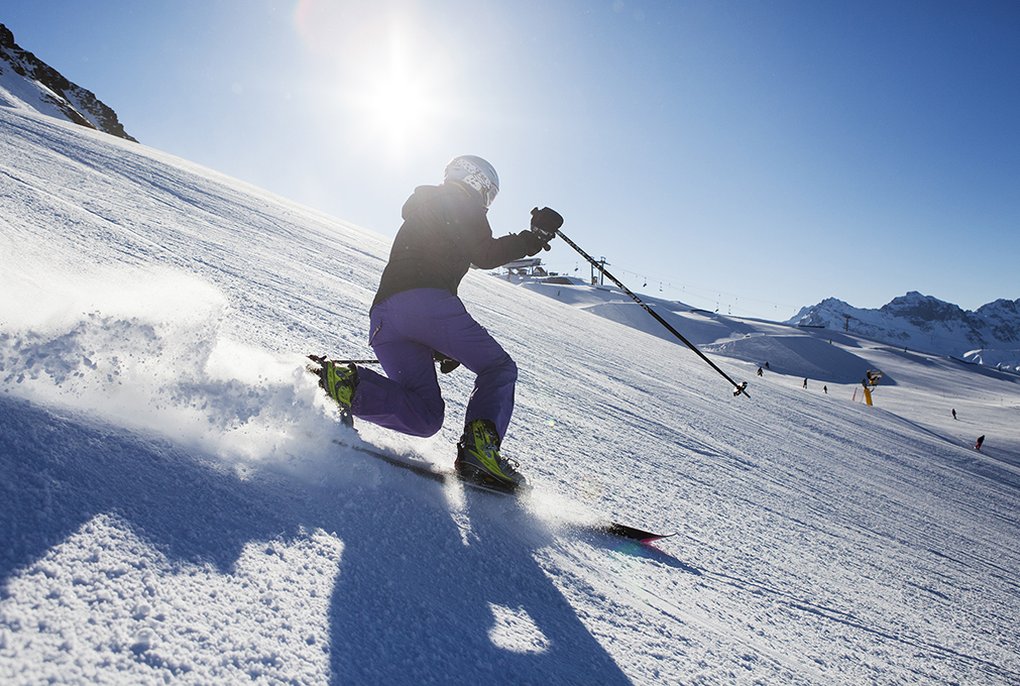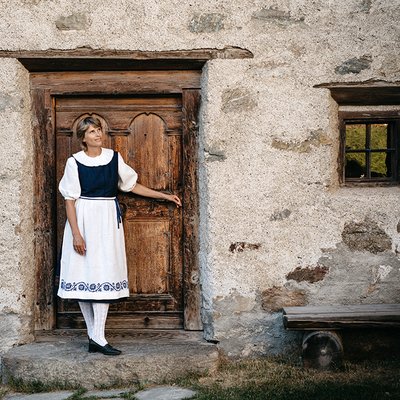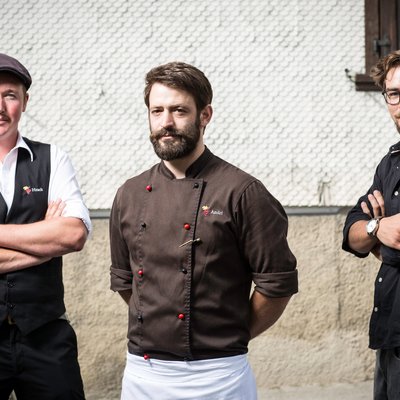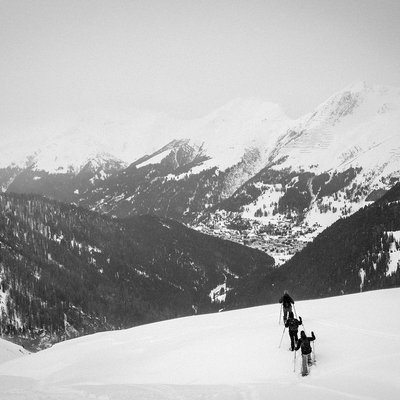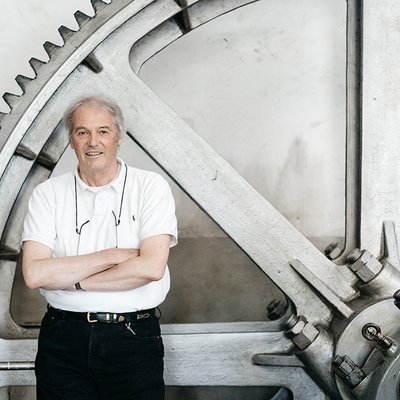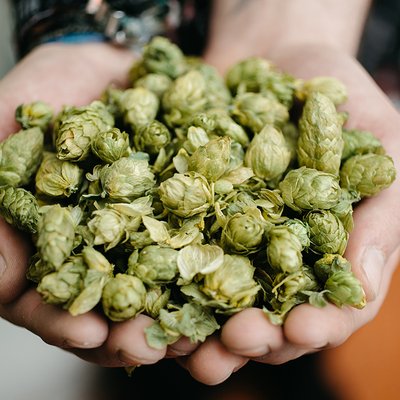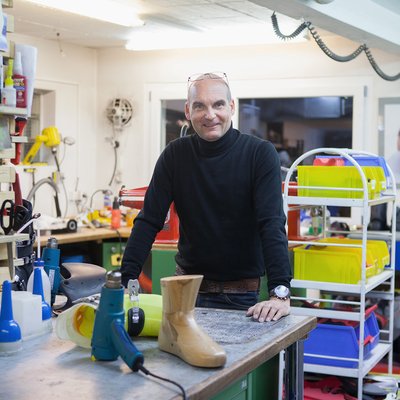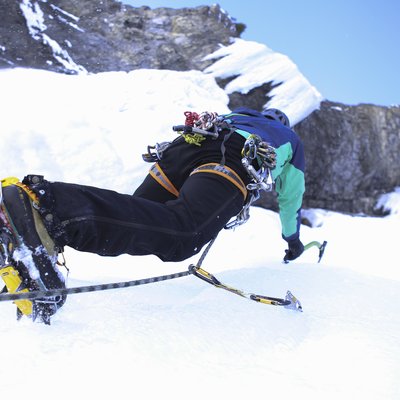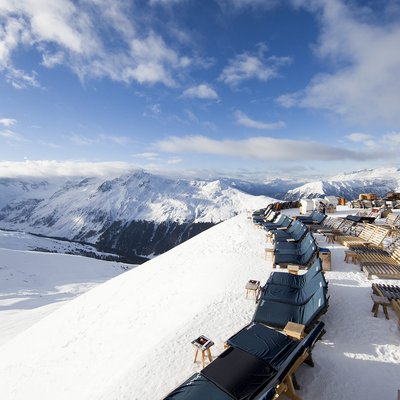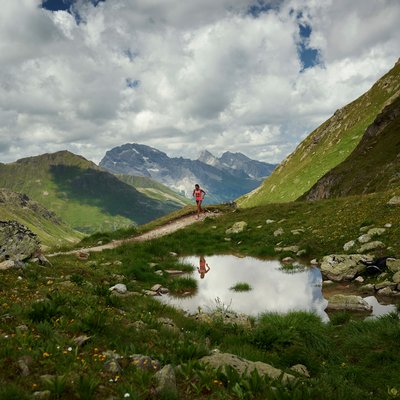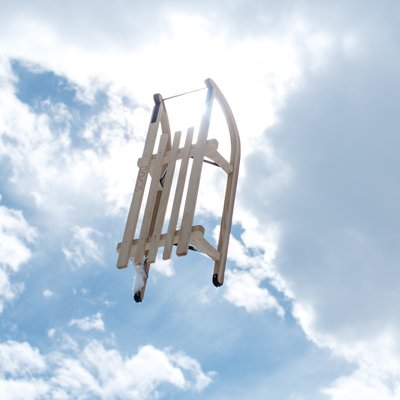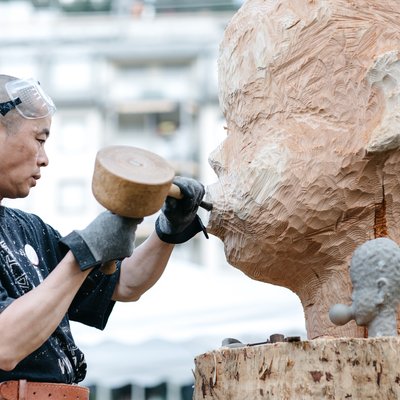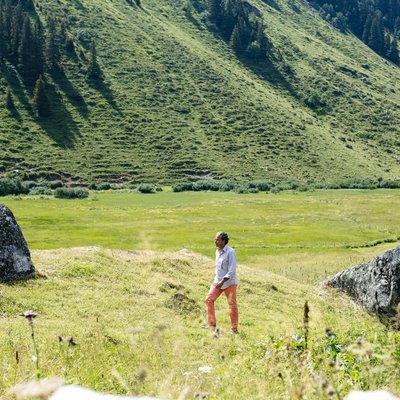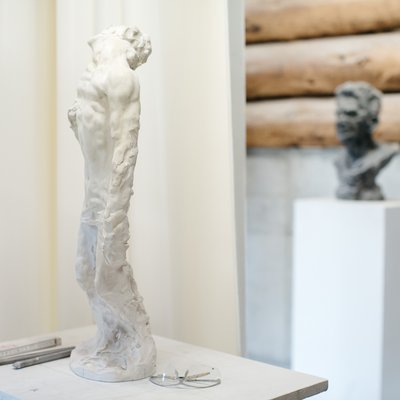The Art Of Telemark
Telemark skiing may be one of the most elegant forms of skiing, but it sure feels awkward at first!
"You'll see, at first it will feel a bit awkward." These words are on our mind as we arrive at the mountain station of the Jakobshorn in the early morning. The run to Chalet Güggel is quite short – no big deal and usually not worth mentioning. Except for the fact that last night we got a full set of Telemark skiing equipment at the Fullmoons shop and are now on our way to the Swiss Telemark festival.
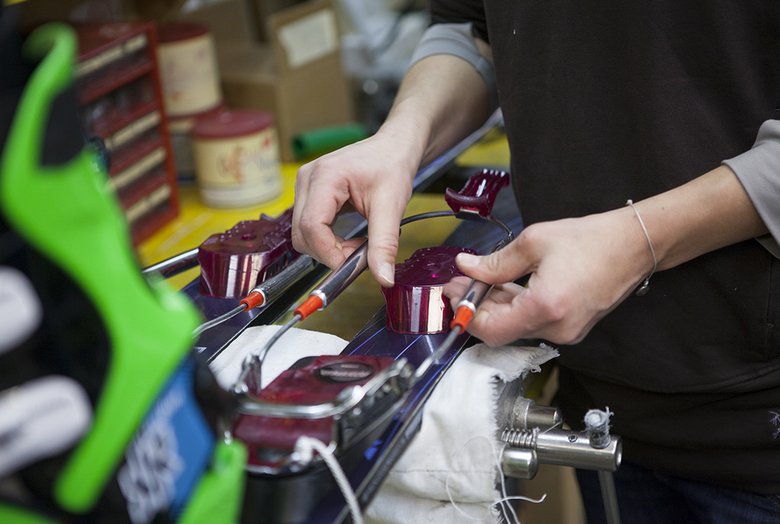
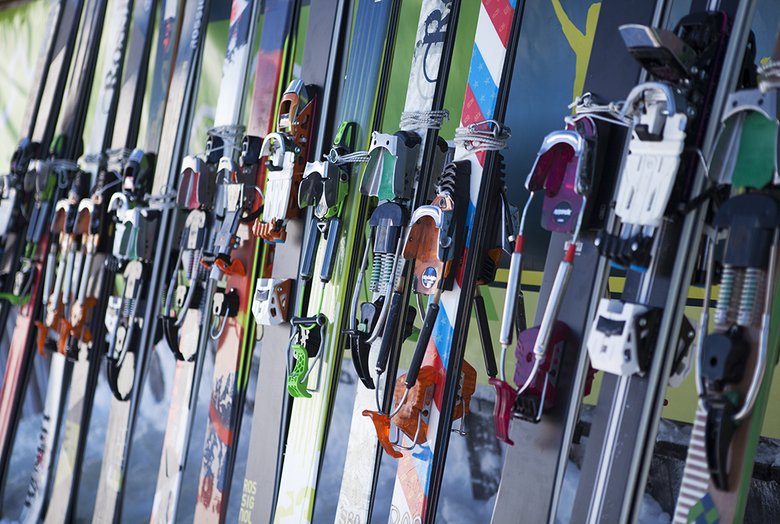
Telemark skiing is known as the most elegant form of skiing. It was invented by Norwegian Sondre Norheim who came from the province of Telemark. Unlike regular ski bindings, only the toe of the boot is attached to the Telemark ski. When going downhill, the inside leg is bent and drawn back and the heels lift off the ski, while the outside ski is pushed forward. So much for the theory. When we try, we instinctively lean back. It works quite well, but has nothing to do with the elegant turns of true Telemark skiers. At least we arrive safely at Chalet Güggel, where we meet Stefan Bernhard, our 41-year old Telemark and Freeride teacher.
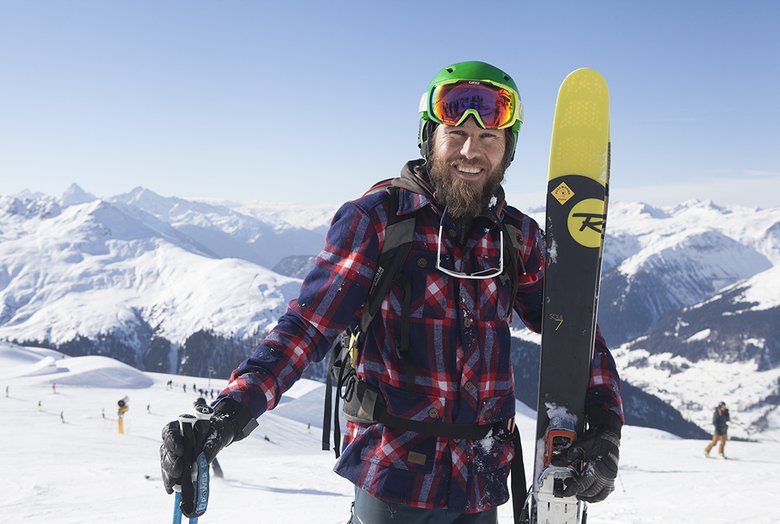
Stefan, you began Telemark skiing in 1993 and then became a Telemark teacher. How long does it take to learn this technique?
Stefan: If you already know how to ski you put the weight on your heels at first and can at least cover small distances. There is no need to stumble around the beginners' slopes, you can head for the mountain straight away. You learn step by step and get better with each run. Someone who knows how to ski a bit and doesn't have two left feet can master the basic technique within half a day.
Around 40 participants have gathered at the chalet for the Swiss Telemark festival, first organised by the Fullmoons shop and the inandout event agency in 2010. There are three groups: beginners, advanced and off-piste riders. Cheerful hellos and hugs suggest that most of the group are familiar with each other. After the individual groups have set out, Stefan asks us what we'd like to do and kindly offers to take us for a spin. We happily take him up on his offer, even if we feel a bit nervous about what's to come.
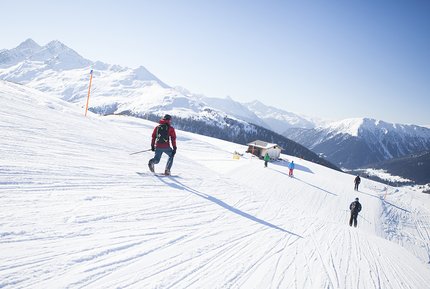
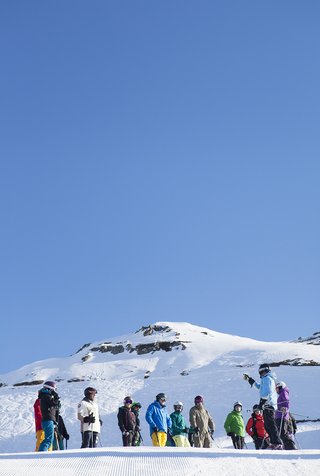
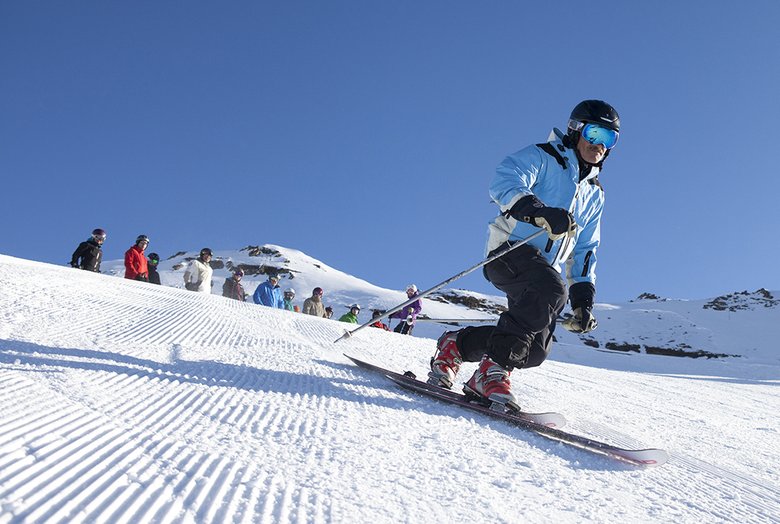
What are the main points to watch for in Telemark skiing?
Stefan: It is definitely more strenuous than alpine skiing. You are basically in a constant lunge: Your legs are continuously bent, which forces you to keep your muscles contracted. There are a few rules you have to internalize in the beginning, for example to really go down in the lunge, but without extending your leg too far. If a good teacher shows you the right position from the start, you'll get it in no time and can practice on your own after a few hours.
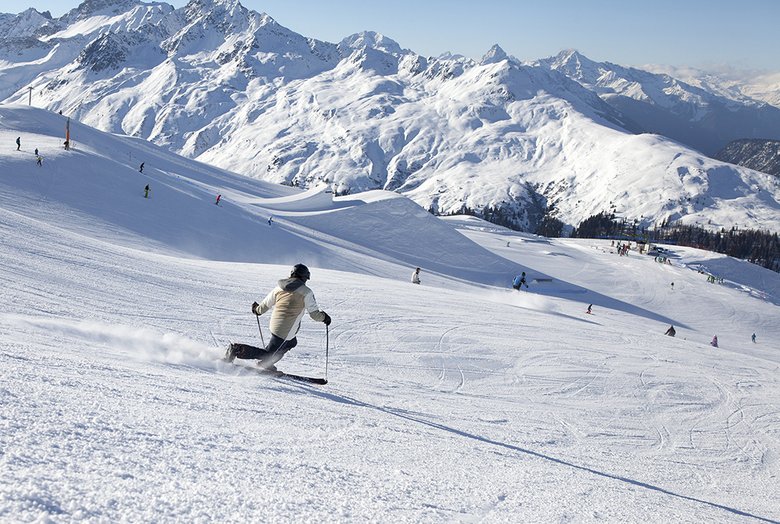
We once again step into the binding, which seems quite flimsy for us alpine skiers. The first curve we take in our trusted posture of bending back. Stefan makes us bend our knees, which is easy when we go straight ahead, but really difficult during turns. It takes a while to dare to bend the knees in Telemark bindings because they feel like you're falling out of them. Also, it feels like the foot's strength doesn't really transfer to the ski, which makes it difficult to attempt a turn. Luckily, things improve quickly with each turn. Only a short while later, the right turn actually becomes fun.
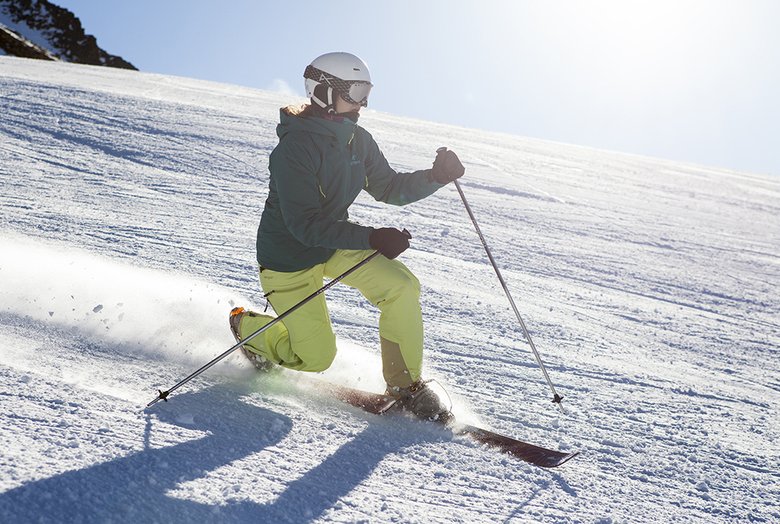
What's so appealing about Telemark skiing?
Stefan: I think at first it's simply fun to try something new and unfamiliar. At least that is how I felt. Since the heel is not fixed to the binding, you have more flexibility and movement. You can shift your centre of gravity to a much lower point and can get closer to the snow. My favourite thing to do is to go into deep powder; it's almost like surfing. Swinging down a fresh deep snow slope is one of the best feelings!
Of course, we are still far from mastering the art of Telemark. But we have surely developed a taste for the unusual technique. And Stefan was right: After half a day of practice we feel pretty good about the technical basics. And all traces of awkwardness have melted away.
www.swisstelemarkfestival.ch
Text: Matthias Köb // friendship.is
Photos: Walter Oberbramberger // friendship.is
Feb. 20, 2017

